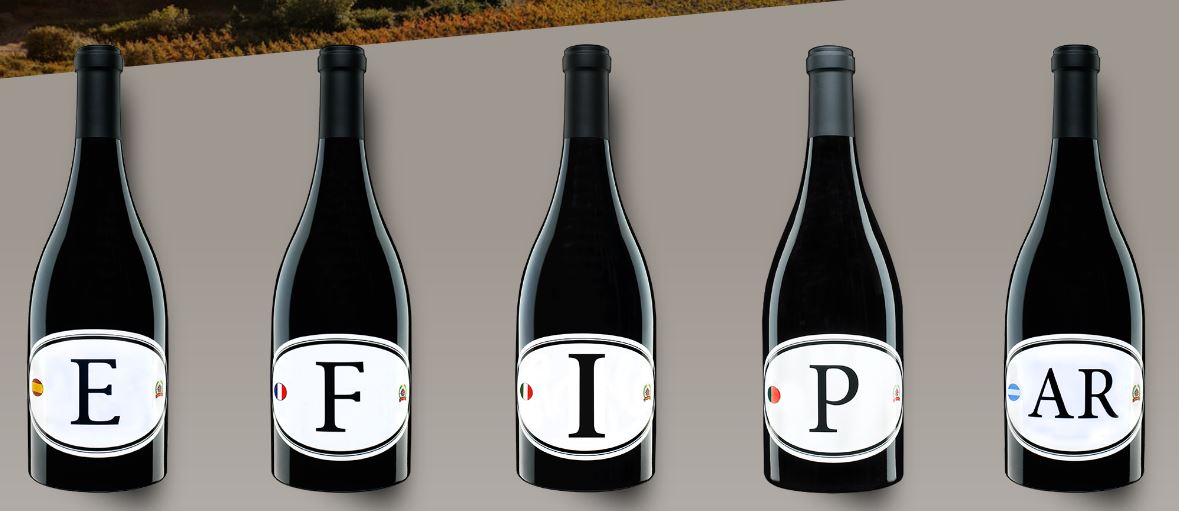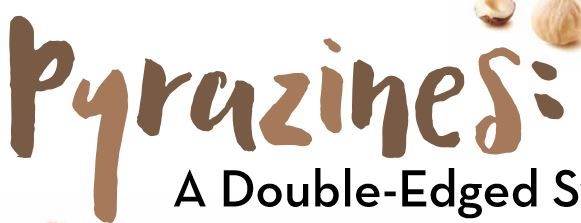Agricultural drones may be creating plenty of buzz, but their terrestrial cousins — the robots — are poised to make their commercial debut. Next year promises to be the year of the agricultural robot. With the altruistic vision of creating a sustainable society where future generations are free from worry about food security and safety, the world’s first robotic lettuce farm will go into production in 2017. Kyoto, Japan-based company, Spread, has retooled an indoor vertical lettuce plant where robots will plant, water, harvest and trim up to 30,000 heads of lettuce every day. The automated plant will reduce labor costs by 50%, cut energy use by 30% and recycle 98% of the water needed to grow the crops. The company has plans to build similar robot farms to grow staple crops and plant protein around the world. Growing lettuce in a greenhouse is a far cry from managing a vineyard, but from apple harvesting robots that can carry bins of fruit weighing half a ton, to grapevine pruning rovers that make surgical cuts, several …
Like this:
Like Loading...







